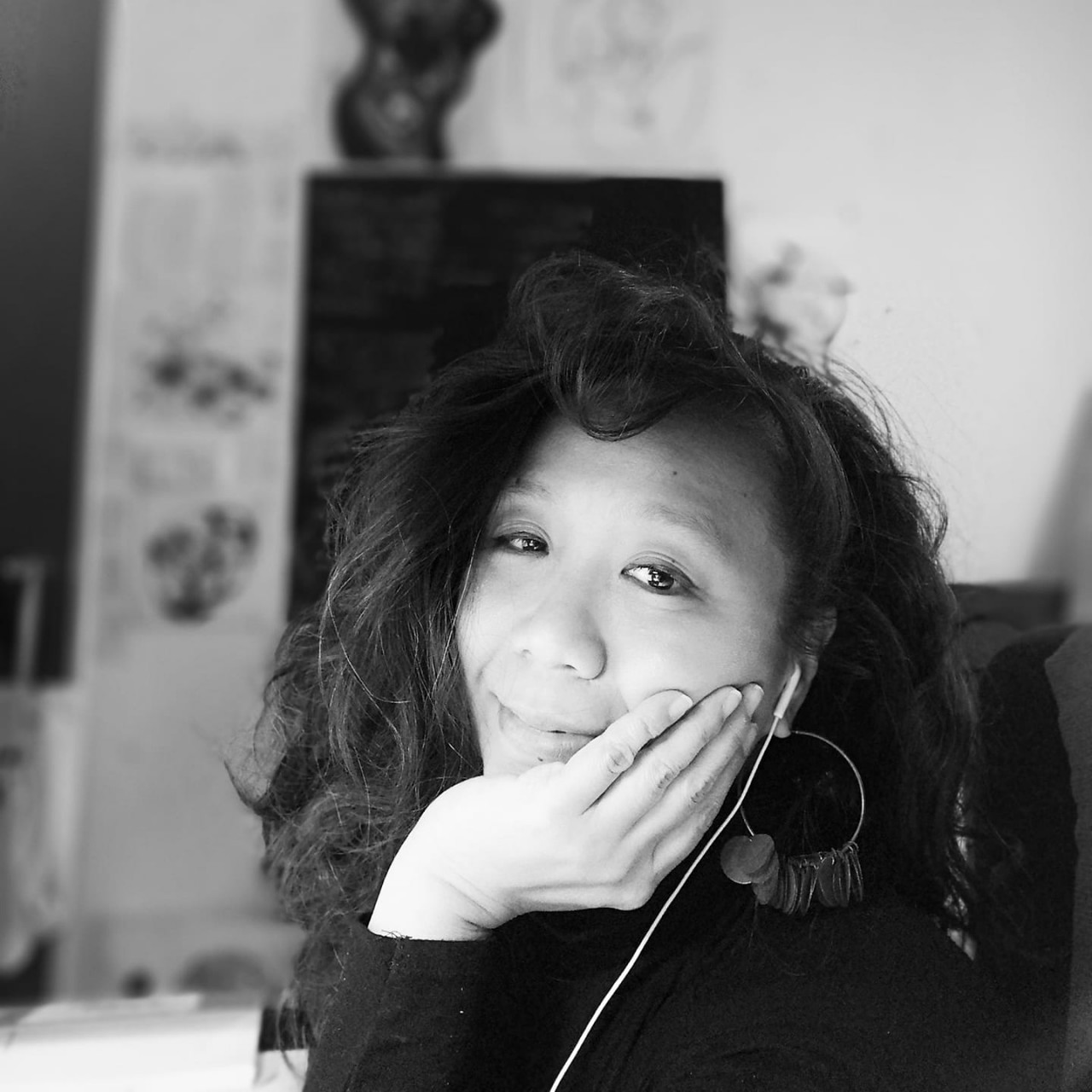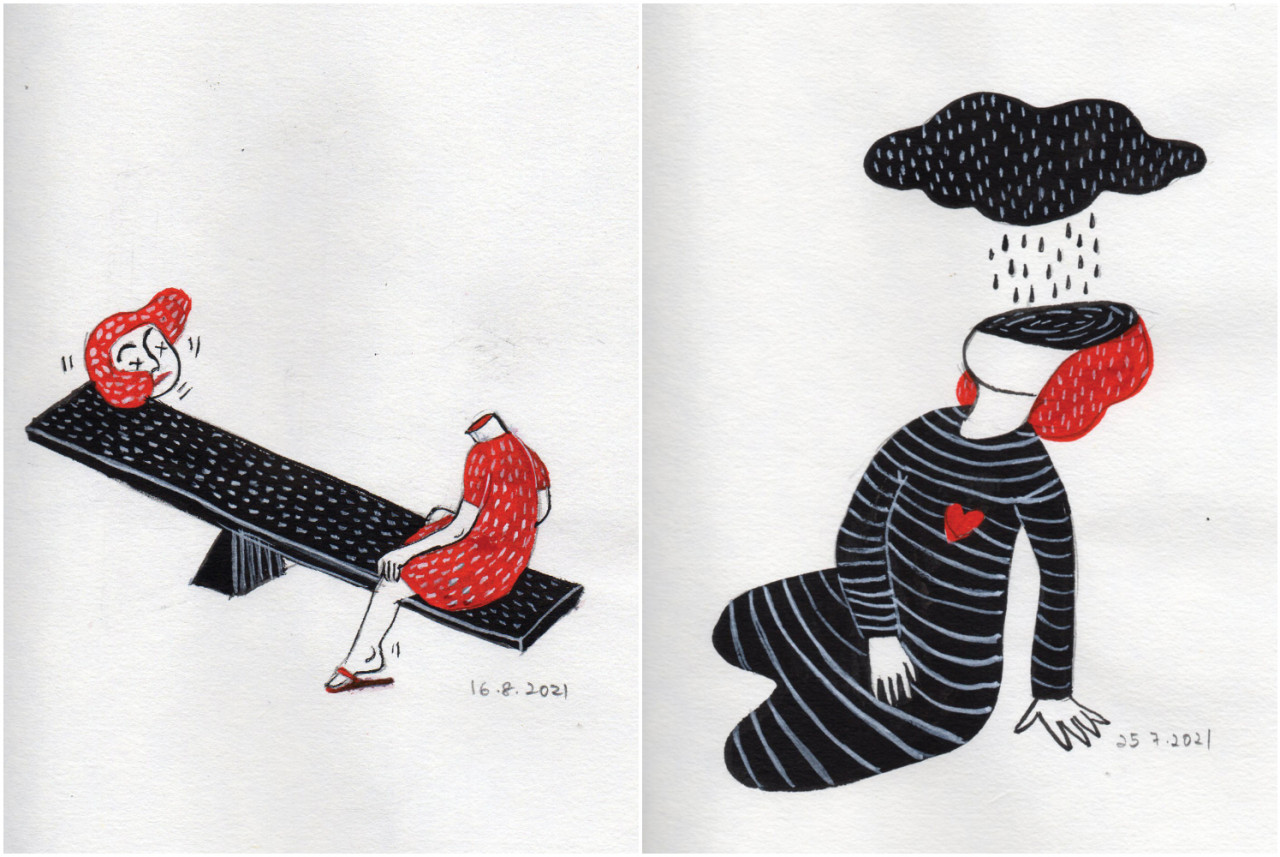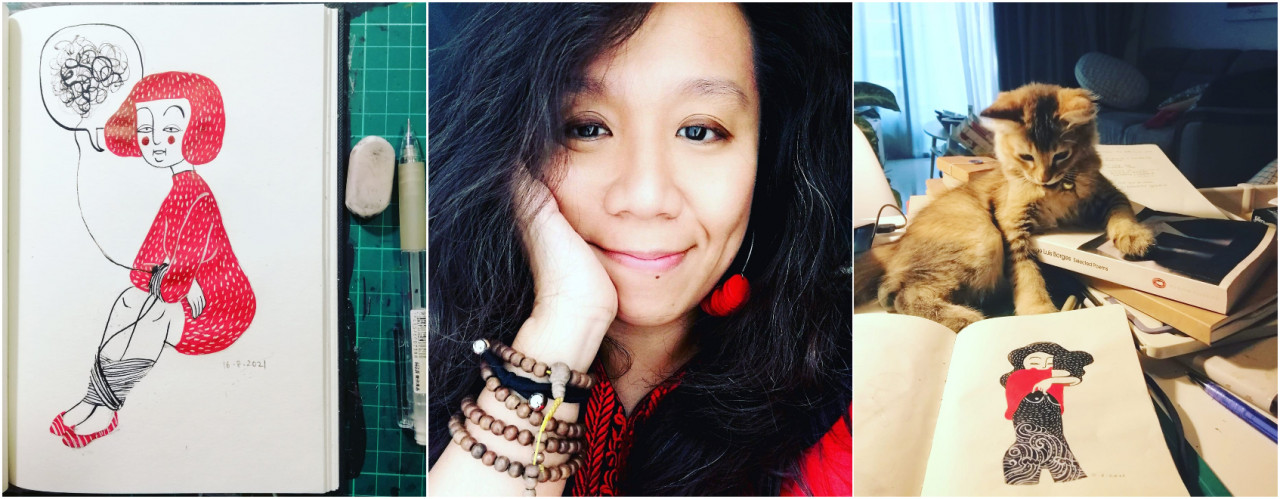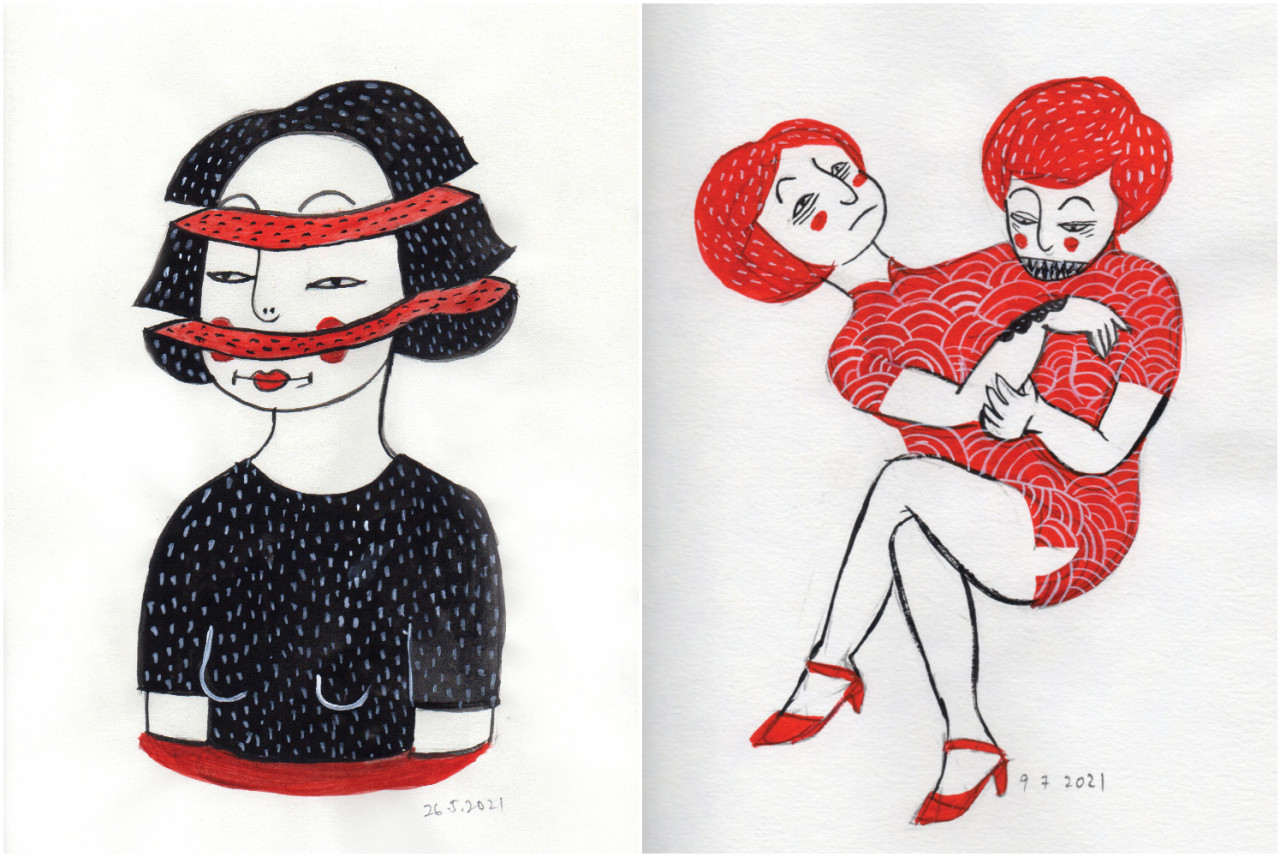MARCH 30 marks the day the world observes how they can be more understanding towards an illness many deemed silent, where in some cases could only be diagnosed after a person’s lifetime.
That is the reality for renowned painter Vincent Van Gogh, popular for the celebrated ‘The Starry Night’, as he was noted to have suffered from bipolar disorder but only to be disclosed the information after his death.
The date chosen to mark this mental health condition falls on Van Gogh’s birthday.
To better raise awareness of the lived experiences of this condition, we need to grasp the realities of the disorder, coping methods as well as lessons first.
Why is it important?
Because bipolar condition does not only affect someone who suffers the illness, but also those who take care of people with the disorder mentally.

Significance of sharing to create a safe space
Branding and marketing strategist Alexdrina Chong considers herself to be high functioning despite having been diagnosed with bipolar disorder in her mid-20s, and notes to have deep empathy for people who are going through any mental health challenges.
On one end of the spectrum, the pandemic allowed us the space to reflect, “…and I realised I was privileged enough to not go through the factors such as the fear of an unstable income that could put a person on the edge,” said Chong.
“Bipolar is indeed a quiet illness and having to navigate through isolation can be hard for those suffering from the condition.
“When I saw the statistics of suicide increasing globally, I felt the need to reach out to people and share my own story in hopes it can help others understand the layers of dealing with mental health,” she added.
The clinical symptoms of bipolar disorder include feeling persistently sad, hopeless, and lethargic, and may include feeling suicidal, among others, when a person is in a state of depression.

When manic, a person becomes overly elated, more irritable, requires less sleep, makes grand plans, and may impulsively engage in potentially dangerous behaviour.
“Even though I knew about my condition in my mid-20s, I have been experiencing it since I was a teenager, and only came to accept it fully maybe about five to six years ago,” shares the founder and chief strategist of integrated communication agency SoCo (short for ‘Social Collaboration’).
“I want to be fair to those who may not be fortunate enough to get certain clarity on what they are going through.
“My story should not be seen as a success story, and I don’t want to paint the experience as a beautiful picture because it is the wrong concept to familiarise oneself with the illness. It should be more about the journey, where it does not just end overnight,” highlighted Chong.
“What you are seeing or experiencing at this moment is me on a day without an episode. When I am in one, nobody is going to understand what I am going through (mentally and emotionally).
Between mania and depression
Noting that she suffers from bipolar 1, otherwise known as manic-depressive disorder, Chong would experience complete depression that could last for six consecutive months and then shift into a manic state where she engages in writing and art.
“When I am depressed, I won’t even step out to meet friends and would be cooped up in my room alone, stepping out only to eat something.
“The duration of my episodes has gradually decreased, where sometimes it will last for a couple of hours,” she shared, adding that it is very important for those suffering to address their condition rightfully.
“Dealing with mental health is constant management and the strength of rising above the situation is key to allowing for self-love to kick in. There is strength in vulnerability too, and if you feel like you are at your lowest moment, that is when you need to reach out.
“Another important thing to note is that the love for yourself will not go away once an episode ends,” assured Chong.
Sharing on how to ensure a person suffering from bipolar disorder can obtain a surrounding that is supportive enough to get through the episodes, Chong notes education and honest exchanges help.
“If we look at it from a societal view, someone suffering from mental health will be reduced to labels such as ‘crazy’ or ‘rasuk hantu’ (possessed) – this was the reality 30-40 years ago.

“Today, the understanding of mental illness has been part of the general conversation of people worldwide. Normalising the subject matter through dialogues will help those suffering silently to reach out better,” she said, noting that the universe will align accordingly after opening up emotionally.
“The best way to put it is much like the Leonard Cohen song, where the line goes “…there is a crack in everything, that's how the light gets in”.
“I used to have an epileptic-like reaction to anxiety and would need to call for friends to come and help get me out of the situation. If I don’t get someone to assist immediately due to factors beyond my control, the notion is that I am being rejected at my worst.
“This is where it is important for the people around someone suffering to create a sustainable network to help look into when a friend is at their lowest to reaffirm the love,” she added.
“Of course, to create and maintain that stable ecosystem is not easy because it almost feels like a commitment, but this is where we grow stronger as a community.
“Sometimes, you just need a break to take care of yourself and the people around you should be able to allow it favourably.
“What I want to emphasise is bipolar disorder should be well understood generally for people to be able to navigate the condition well,” noted Chong
What does ‘strength for today, hope for tomorrow’ truly mean?
“Strength is always portrayed as success where ‘achievement’ is put on the pedestal rather than the journey. I want this to be redefined,” expressed Chong.
The Melaka-born former lecturer highlights cognitive behavioural therapy works for her in addressing her condition.
“Doctors would mostly give me anti-depressant when I was younger, and I used to be on a cocktail of colourful pills. I could not understand what they were and thought that I was going to be dependent on them for the rest of my life to function,” she said.
“When I came back from the United States after spending the early days of my career there, I became more resourceful in understanding what type of therapy I want for myself.
“My therapist who helped me with my treatment is also a mindfulness psychologist and was able to help introduce me to some meditation that helps,” she added.
Chong does not have a specific method that she adapts to when it comes to the type of cognitive behavioural therapy, “…but mine really focuses on capturing the periodic behaviour that helps me to recognise and make sense of it.”
“A lot of people like journalling as it helps us to regulate thoughts but when my therapist caught me doing it, she realised that the writing was not actual journalling but excessive manifestations.
“I remember the first thing she did was ask me to stop in the middle of my ‘journalling’, and immediately I had a breakdown.

“It was a breakthrough session for me because I realised I was addicted to the activity and had broken one form of the pattern of behaviour to another. I was merely using journalling as an outlet to divert my energy. It's the same as stress eating, smoking, substance abuse or being in an abusive relationship,” Chong shared.
“In my case, the action of journalling is not entirely wrong, but I needed to catch myself before I got too lost in it that it takes away the reason why you want to transform yourself and break away from the cycle of thinking. Awareness is mindfulness and that the idea of self-love that was mentioned earlier.
“Once you invest to understand your state of mind and emotions, then you realise what you can overcome,” she added.
Whether one suffering should be off medications completely to help manage bipolar, Chong highlights “I had a choice to deal with my high-lows without medication, but the lesson learned is to always check with the doctors.”
“I must emphasise that you need to understand your condition well enough. Because it may be different for those diagnosed with bipolar II disorder where hallucinations can occur”.
“With regards to my condition and how I see myself handling it, one solution will not solve an issue. That is, taking meds is one part of the journey, so you must recognise other nursing elements to understand what you need to function”.

Art as antidote
Apart from writing, exploring art is seen as a coping mechanism the trained digital/visual artist finds helpful in managing her mental health condition.
“I used art to make sense of difficult times and needed it to survive my daily thoughts,” she said.
“I realised I started to paint more during the pandemic, and the pages of my latest illustrative journal were entirely based on the second lockdown – mostly my reactions to the official responses in dealing with the outbreak.
“When I look through the individual drawings, I can remember the exact emotion behind each artwork,” highlighted Chong.
“It’s funny because I don’t necessarily do commission work because drawing has always been for myself. It is my outlet to go find myself in that realm. Quite clichéd, but everyone has a coping mechanism as an emotional restorative process.
Noting she would be open to collaborations if anyone wants to engage in publishing a children’s book, “…but I would like (any) partnerships to be less transactional.”
“This is because the rest of my life is already transactional (with my day job). At least, I want this part of my life [art] to be seen as a meaningful exchange rather than just work.” – The Vibes, March 30, 2022
*Currently, Chong is in the works to convert her 2D illustrations into gif animations. Follow her on Instagram @primaluce77 and website





_-_SYEDA_IMRAN_-_26.jpg)
















